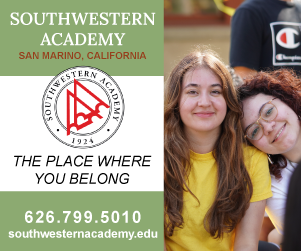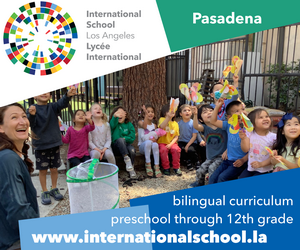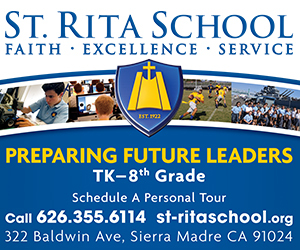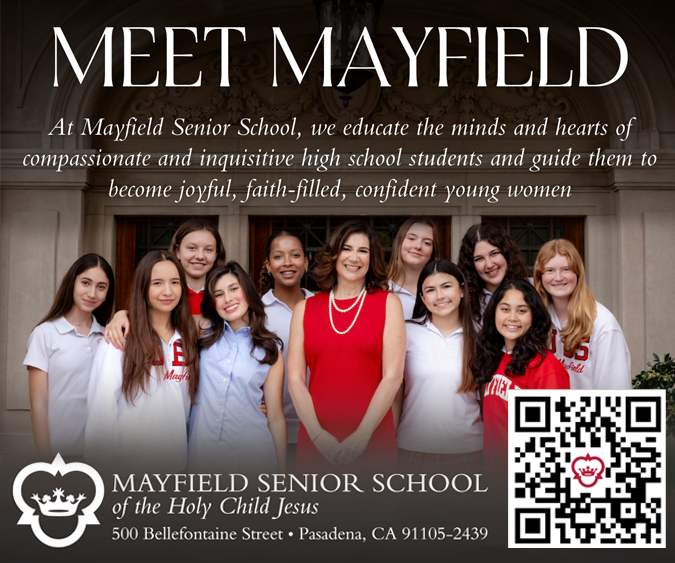Walden’s Matriarchs of Montessori

37 years ago, while Anna Badel was visiting her sister’s family during a break from school, she observed something that would alter the course of her professional life.
Anna, who was studying Child Development at Cal Poly at the time, recalls, “My 3-year old nephew Alex went into the breakfast room and pulled out some dishes, a plate and some silverware. The manner in which he opened that cupboard, took out what he needed, and closed that cupboard so respectfully and gently had an impact on me. It was that and the fact that at three he was self-sufficient and respectful of his environment. I asked my sister about Alex and she said, ‘That’s Montessori.'”
Stephanie Townes, Walden’s resident storyteller, like Anna, also discovered the merits of Montessori by accident. She had heard of it in school, but says, “I didn’t really know about it until I took a job at this Montessori School. It was amazing to watch how, with no pressure, but with just the environment, the children were learning.”
Townes joined the staff at Walden in 1984 and Badel joined three years later in 1987. They have seen the school evolve from its infancy to the robust place we know today. As Montessori trained educators and as the longest serving members of Walden’s staff, they have unique insights into the ways that philosophy has shaped us. It was a desire to teach at a school that used Montessori principles and also provided a broad-based curriculum and a sense of autonomy that brought them to Walden.
Stephanie remembers making the move to Walden all those years ago. She was working at a school on the other side of Pasadena when a friend that she taught with left to teach at Walden. She recalls, “She called me up and asked if I wanted to come over and apply. I was drawn to the fact that Walden didn’t subscribe to one mode or method of teaching. Even though they had a Montessori based philosophy, it wasn’t a strict Montessori environment. Teachers were able to use whatever worked. That’s what I liked.”
Anna had already been working at a Montessori school for 8 years, but she says, “while I loved it, I found out that there existed this school called Walden that was not Montessori but was founded on the basic Montessori principles. I heard the head of school, Marylin Nikimaa, on a TV show, and I was amazed at what she had to say which is basically the philosophy of Walden that we know now. And I thought ‘wow. It’s time to move on.'”
But what is Montessori and how do its philosophical principles manifest themselves in a Walden education? Montessori is an educational philosophy named after the Italian Physician, Maria Montessori. The philosophy is designed to support the natural development of children in a well-prepared environment. The following are the basic tenets of a Montessori education; much of what we do at Walden springs from these ideas:
• Movement and Cognition: This speaks to the link between movement and learning, and utilizes hands-on materials as opposed to books and worksheets. Walden students have a choice of materials to choose from and have freedom to move in a way that is consistent with their learning style.
• Choice and Interest: Children should have choices and direct their own learning by following their interests. Here at Walden, we call it “Student-Led Inquiry.” Walden teachers will teach concepts but give students choice of materials with which to learn and practice the concept.
• Intrinsic Reward: Rather than motivating children with rewards, this tenant allows them to be motivated by their own sense of accomplishment.
Anna utilizes this in her classroom every day. After a student completes a task, her questions is, “What does the child get out of this experience?’ ‘not ‘Okay, well you get a sticker, you get a button.’ Instead, ‘Wow, look what I did! Look what I accomplished! Look how I feel about what I just learned.”
• The Well-Prepared Environment: This is what struck Stephanie most when she first encountered Montessori. A traditional Montessori classroom is an environment that allows each child freedom to move and explore at their own pace while also exercising self-discipline and respect for other students’ learning.
Stephanie believes, that, “A child should come into a classroom that is completely prepared for them to move around independently and take in the jobs on the shelf and learn from them. The shelves are low to the ground. The jobs are right there where they can see and reach them.” She added that at Walden, “the foundation of Montessori that I still see present is the fact that we don’t sit in desks in a row. The children have the freedom of movement. When I started, it was really important to me that children could move around their classroom environment and that they also learned responsibility for themselves at very young age.” As the environment is prepared, every detail is carefully considered. The same intentionality is used at Walden as teacher’s set up their classrooms. Even the types of chairs the children use are chosen with care. Stephanie goes on to say that Maria Montessori, “was also the first one to say ‘Make the chairs the size of the children.’ Instead of having them sit in bigger chairs with their feet dangling, make the environment on their level, from Pre-K on.”
Traditional Montessori classes encompass a 3-year span in order to encourage leadership and collaborative as well as individual learning. As noted above, in a well-prepared classroom, children are free to move around and observe others learning as they learn. By also providing a multi-age environment, students are able to learn from students who more advanced than they are, and more advanced students can assist those learning at a slower pace. At Walden, our classroom encompasses a 2-year span, but Anna quickly points out that we also combine age groups by pairing each class with a 6th grade mentor and through our buddy class program.
Stephanie remarked that Maria Montessori, “always said that children were capable of much more than we know, and it was an injustice to only expose them to a certain amount of information, or a certain curriculum.” By offering freedom and a wide range of content, Walden allows students to reach their full potential.
Why, ultimately, have Anna and Stephanie decided to devote their professional lives to these principles, and why is Montessori so central to Walden’s identity? Anna says, “Because it works. It’s reality. It’s life. Interestingly enough, there are more hands-on methods used in education now, and it’s all based on Montessori. It’s the idea that the child is the center of the learning experience not the teacher. In Montessori, you have to follow the child.” At Walden, teaching to the individual child is central to our mission.
The way Montessori principles lay the foundation for Walden’s unique curriculum is very much in line with the founding principles of our school and the ideas of Henry David Thoreau, the author after whose book Walden was named. Thoreau said, “If a man does not keep pace with his companions, perhaps it is because he hears a different drummer.” Walden School embraces this idea and works diligently to respect each student’s pace and style of learning. With veteran teachers like Anna and Stephanie continuing to utilize the time-tested principles, the legacy of Montessori is still very strong at Walden School.
Walden School, 74 S. San Gabriel Blvd., Pasadena, (626) 792-6166 or visit www.waldenschool.net.



















